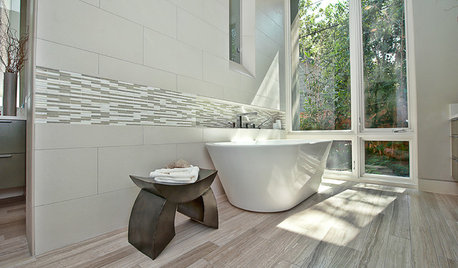Hi - From my reading, it is not healthy to use PVC and the choice in food growing is Polypropylene NTF Channels.
I found a company located out of the United States at nfthydro.com and a US company Amhydro.com that sells these but they are very expensive. I do not want this thread to be a PVC vs NTF Channel debate but a source where other members can help list resources of where they purchased Polypropylene NTF Channels direct from a manufacture or another source and their experiences.
It also seems Polypropylene NTF Channels are tough and can withstand high temperatures, which is important in hot sun areas. Thanks.
Here is a description from one of the website for those not familiar with avoiding PVC.
The channel is made from polypropylene not PVC. Nutrients are aggressive and can cause leachate to occur and can be absorbed into the plants, but not with polypropylene, its clean and green and meets all food grade standards. It�s the same material used for microwave food containers, car bumpers, seats in sports stadiums. It is used because its tough, durable, thermo stable, (does not readily transmit heat or cold). The Channels elliptical shape allows the nutrient to pass through the root zone with high oxygenation levels. Plus easy cleaning, reduce costs, labor and increase profit, all this makes our hydroponic system the most Innovative Growing Solution on the market today.







Rio_Grande
Rio_Grande
Related Professionals
Allen Landscape Architects & Landscape Designers · Saint Louis Park Landscape Architects & Landscape Designers · Bethlehem Landscape Contractors · Springfield Landscape Contractors · Cedar Hill Landscape Contractors · Coram Landscape Contractors · Downey Landscape Contractors · Forest Hills Landscape Contractors · Middle River Landscape Contractors · Paterson Landscape Contractors · Placerville Landscape Contractors · Sugar Hill Landscape Contractors · Tacoma Landscape Contractors · Tewksbury Landscape Contractors · University City Landscape Contractorssmatthew_gw
nekbet
jinwebOriginal Author
smatthew_gw
Rio_Grande
ScottBerry
Rio_Grande
PupillaCharites
ScottBerry
Rio_Grande
PupillaCharites
Rio_Grande
jinwebOriginal Author
grizzman
PupillaCharites
BlueOaksFarm
Rio_Grande
PupillaCharites
clarkjimmyg
hex2006